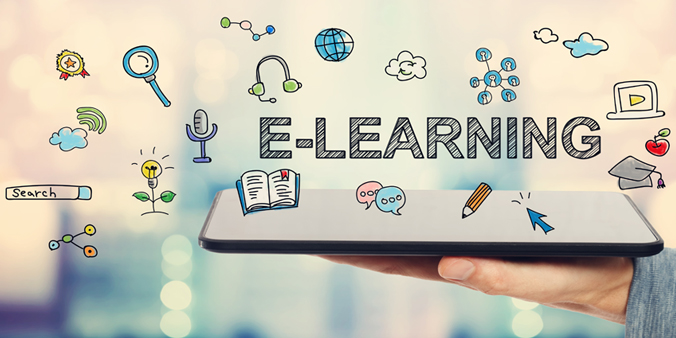E-learning course development in Mumbai has been on the rise, with many corporates and educational institutes turning to e-learning as a way to impart education. It is gaining a great deal of acceptance and recognition worldwide. Let us take a look at the main benefits of e-learning to the business and education world.
Lower Cost
There appears to be little debate in the corporate world that e-Learning can be more cost effective than classroom based training. E-Learning saves a lot of money and there are many case studies to prove that, including evidence of Dow Chemical that reduced its average spending of per learner/per course from $ 95 for classroom training to only $ 11 per learner/per course for educational multimedia content, giving rise to an annual saving of $ 34 million.
Less Time Consuming
Distance matters. We all want jobs, schools, colleges and training institutes that are closer to home. Why so? Because we hate wasting time traveling. E-learning reduces the time it takes to train people and the time to travel to and fro from a training event. E-Learning also reduces the cost of trainers/training staff, travel and accommodation facilities for trainees and instructional material for their training.
Faster Turnaround Time
When a course is taken out of the classroom and delivered as e-Learning, the delivery cycle is faster. With traditional classroom-based training there is a practical limitation as the capacity to deliver learning is restricted by the number of available classrooms and trainers. A case study on British Telecom shows that the corporate delivered e-Business learning to 23,000 employees in three months. Through e-Learning corporates can deliver faster to more people.
More Effective Learning
Fletcher and Tobias published in 2000 a research paper in training commissioned by the American Psychological Society. The research literature concluded that ‘learners learn more using computer-based instruction than they do with conventional ways of teaching.’ There are several reasons why E-Learning is more effective.
Number one, it allows learners to skip material they already know and comprehend and move onto areas they need training on. Number two, there is long-term retention of information. E-learning is made up of three important elements. They are – animations, audios and visuals. When these elements are used or combined in e-learning, they can reinforce training in the form of games, videos, audios, forums, quizzes, interactions, etc.
Number three, there is also the freedom to revisit or replay sections of training that might not have been clear the first time around. Number four, learners can benefit instantly from the knowledge and information. Just-In-Time (JIT) learning can make it possible for the learner to apply new knowledge and processes immediately on their job.
Any Location And Any Time
When a course is taken out of the classroom and delivered as e-Learning, the delivery cycle is faster. With traditional classroom-based training there is a practical limitation as the capacity to deliver learning is restricted by the number of available classrooms and trainers. A case study on British Telecom shows that the corporate delivered e-Business learning to 23,000 employees in three months. Through e-Learning corporates can deliver faster to more people.
Updated Easily
E-Learning sessions are extremely easy to keep up-to-date because the updated material can be simply uploaded to a server.
